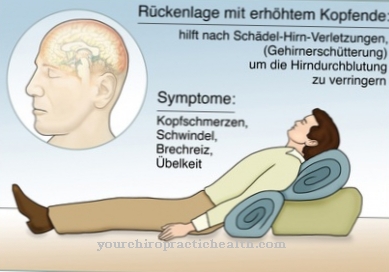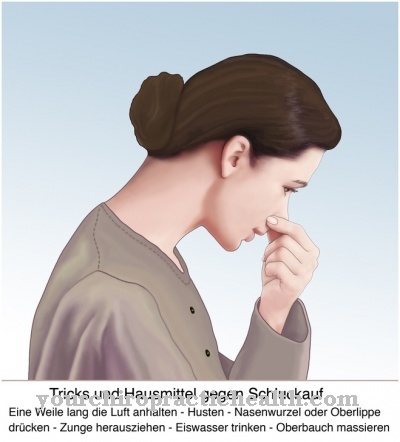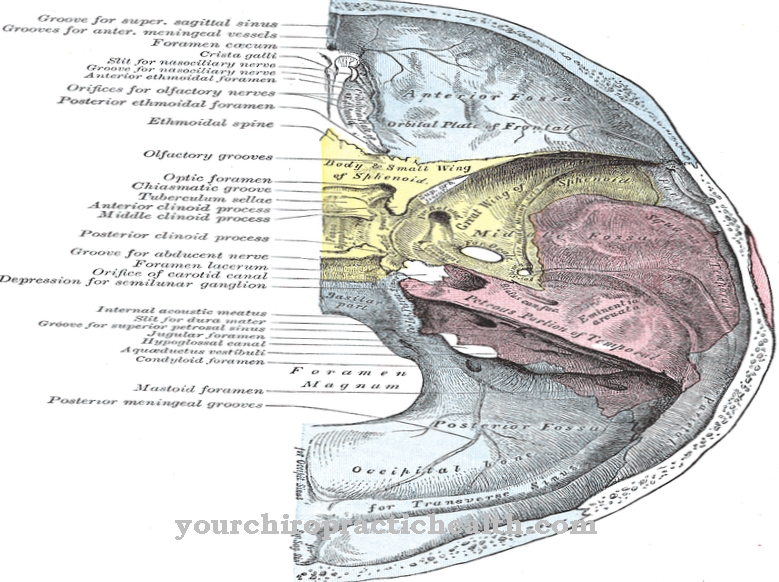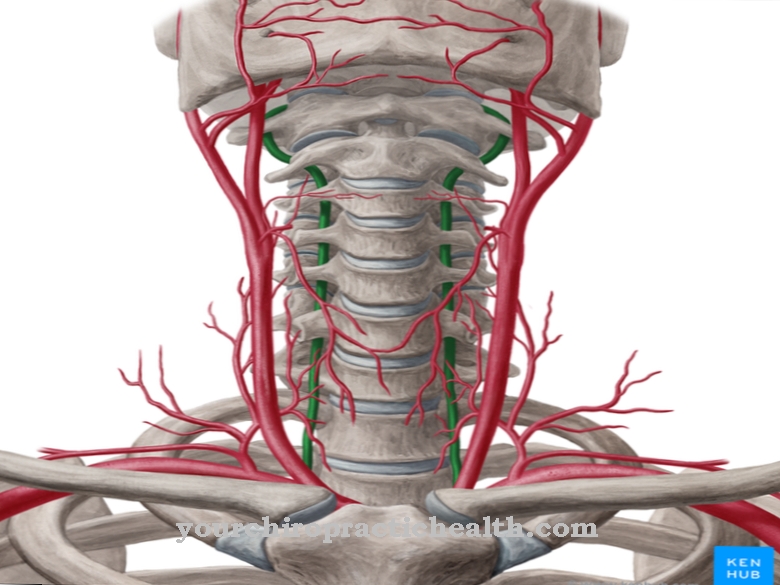A lesion of the trochlear nerve can cause trochlear palsy. To diagnose such a paralysis of the trochlear nerve and the superior oblique muscle, the doctor uses the Bielschowsky head tilt test on. Unlike many other diagnostic methods, the test has neither risks nor side effects.
What is the Bielschowsky Head Tilt Test?

In so-called trochlear palsy, the patient suffers from a lesion of the trochlear nerve. This is the fourth cranial nerve, the lesion of which can result in complete paralysis or paresis of the superior oblique muscle. This muscle is the oblique upper eye muscle, which contains only motor fibers of the trochlear nerve.
Trochlear palsy can affect one or both sides of the head. To diagnose it, the doctor uses the so-called Bielschowsky head tilt test. Accordingly, the head tilt test is a diagnostic procedure specifically designed to diagnose or exclude trochlear nerve lesions. No instruments are required for the head tilt test. The doctor only gives the patient instructions on how to position the head.
In certain head positions, the test shows abnormal movement of the eyes, which suggests paresis of the trochlear nerve. These abnormal eye movements include vertical gaze deviation, for example.If this phenomenon is observed during the course of the test, a diagnosis of unilateral or bilateral trochlear palsy is made. The head tilt test is named after Bielschowsky, who first described the diagnostic test procedure.
Function, effect & goals
Trochlear palsy occurs as a result of lesions on the fourth cranial nerve, also known as the trochlear nerve. Congenital causes are possible causes of such lesions. The paralysis can also be acquired and can occur after trauma, vascular changes or aneurysms. Paralysis in diabetic microangiopathy and apoplexy is just as widespread.
A cavernous sinus syndrome or a cavernous sinus thrombosis can also provide the framework. In most cases, however, it is an idiopathic trochlear palsy, the cause of which cannot be found. The paresis causes the superior oblique muscle to fail, so that eye movements are dominated by the inferior oblique muscle, which is antagonistic to it. This symptom manifests itself, for example, in the gaze deviation of the affected eye when a corresponding gaze movement is to be made. The eye deviates upwards as soon as adduction of the gaze is required. If the gaze is to be lowered, the eye moves upwards. The misalignment of the eyes creates double images.
This so-called diplopia is usually compensated by tilting the head to the opposite side. The phenomenon is also known as ocular torticollis. Vertical gaze deviations with characteristic diplopia can be diagnosed without a doubt using the Bielschowsky head tilt test. The test corresponds to a provocation test in which the doctor asks the patient to tilt his head on the ipsilateral side. As soon as the patient tilts his head to the side with the supposed damage, his view of the affected eye deviates upwards. This phenomenon confirms a vertical deviation of the gaze.
In most cases at this point the patient complains of more or less strong double vision. The vertical deviation of the gaze thus causes a vertical diplopia, which characteristically occurs during the test. The doctor then asks the patient to tilt their head on the opposite side. As soon as the head tilts on the side without a lesion of the nerve, the height difference between the eyes is evened out. As a result, the diploipia declines.
The Bielschowsky head tilt test can determine in the context of a trochlear palsy whether it is a unilateral or bilateral paresis. If there is unilateral paresis, the doctor will also use the test to determine the affected side and thus better assess the location of the nerve lesion.
You can find your medication here
➔ Medicines for eye infectionsRisks, side effects & dangers
There are no risks or side effects associated with the Bielschowsky head tilt test. Since it is a provocation test for paresis-related double vision, the testing of patients can be perceived as unpleasant under certain circumstances.
The provoked double images only last as long as the head is tilted to the side of the lesion. The Bielschowsky head tilt test usually takes a few minutes at most. This explains its clinical relevance in connection with trochlear palsy. A faster diagnosis is hardly conceivable for the paretic appearance. Furthermore, since there are no risks or side effects associated with the test procedure, the diagnostic procedure is automatically preferred to those with possible risks and side effects. Before, for example, an MRI or other imaging to image the fourth cranial nerve takes place, the Bielschowsky head tilt test is used to determine whether a lesion of the nerve is even probable.
If the head tilt test does not produce any pathological results, contrast-enhanced imaging may not be required. Contrast media, for example, can cause side effects such as headaches and nausea, which the patient may be spared after a negative head tilt test. However, a negative test can only be considered if the gaze deviation does not occur. The vertical deviation of the affected eye is an objective phenomenon that the doctor can observe with his own eyes and thus has a generalized reliability.
In contrast, double vision is a subjective phenomenon. If the patient complains of double vision when the head is tilted, but the doctor cannot observe any deviations in the gaze, no objective diagnosis can be made on the basis of the test alone.



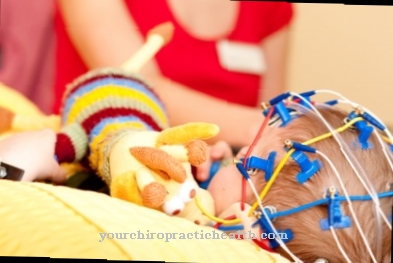








.jpg)
